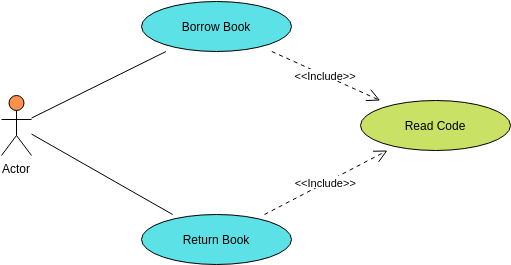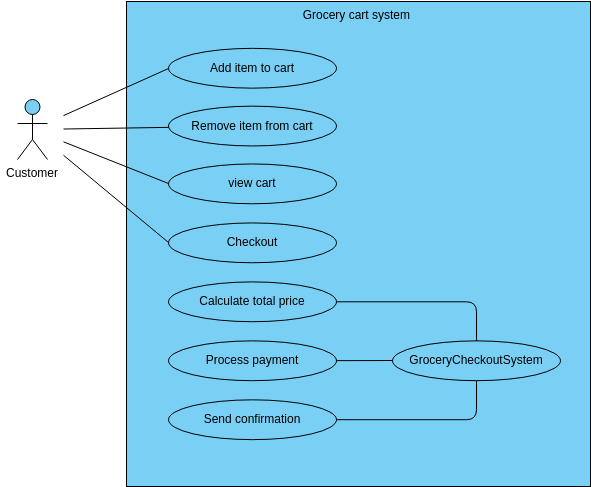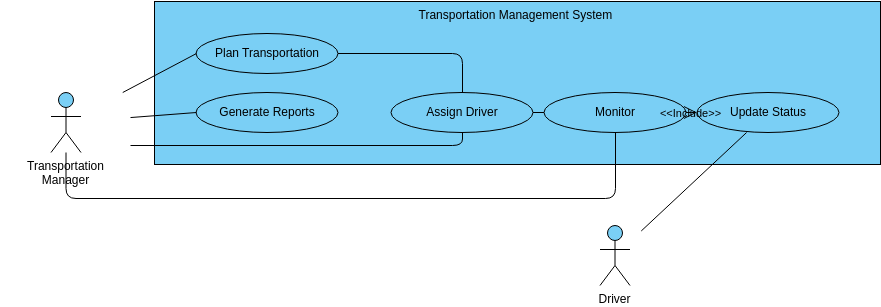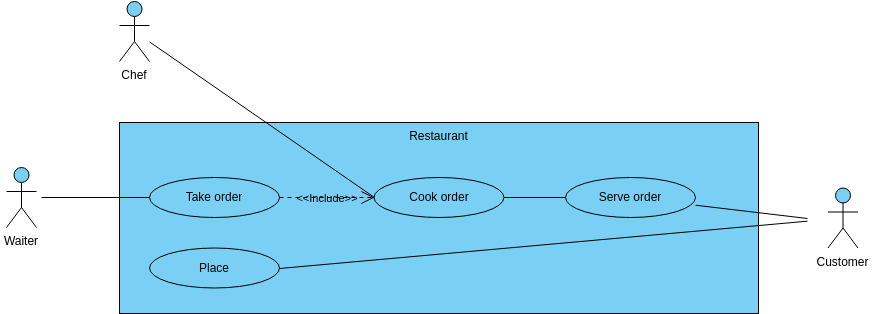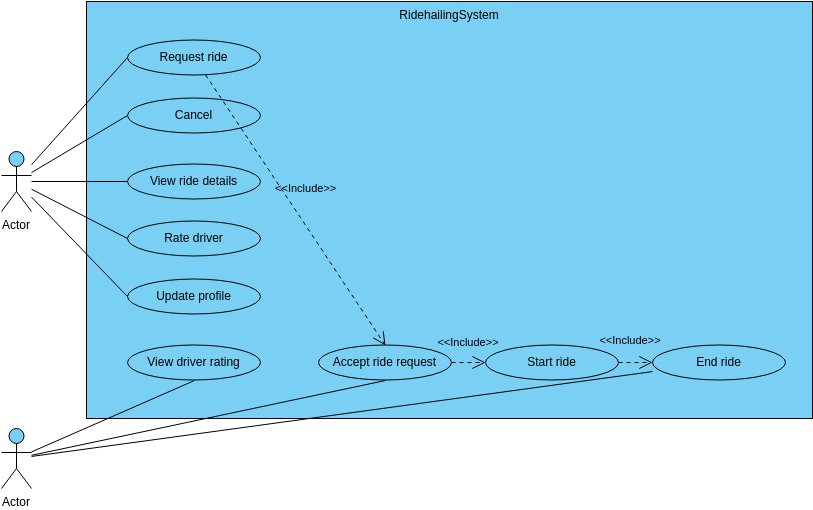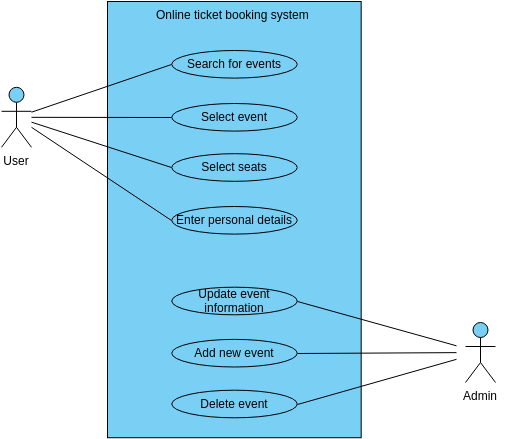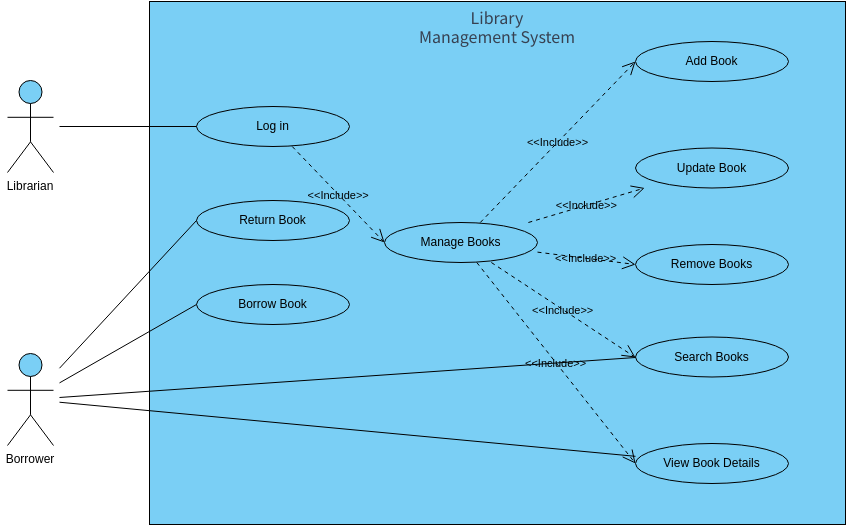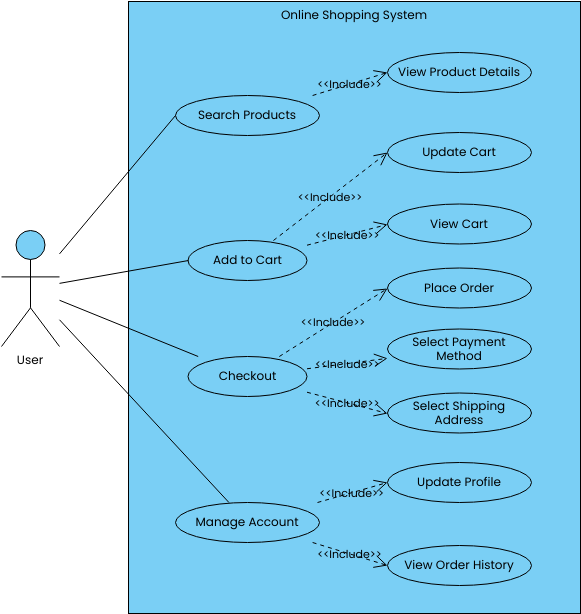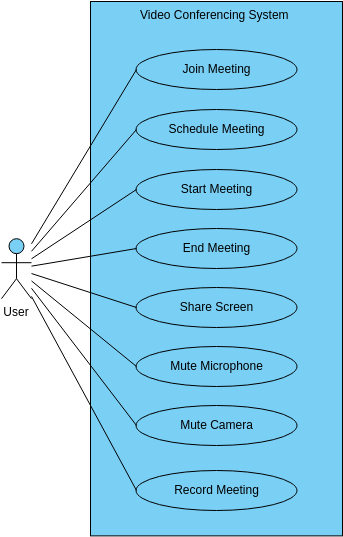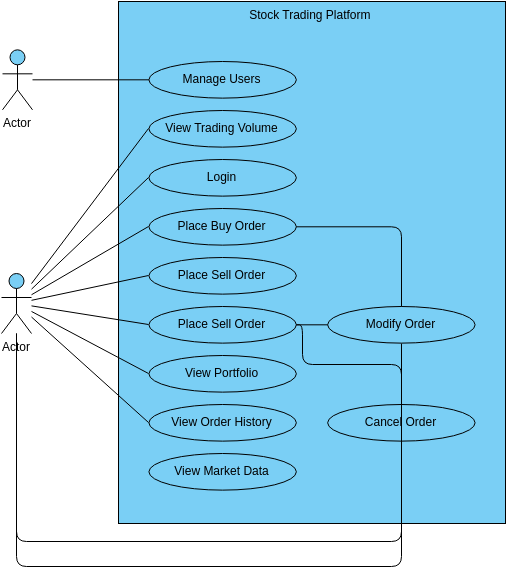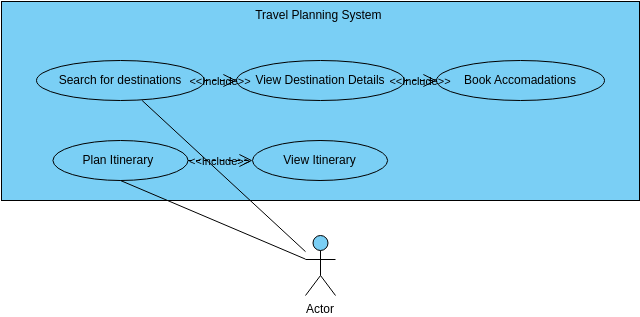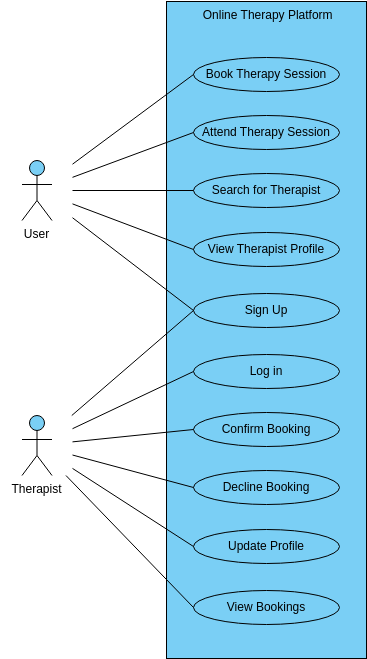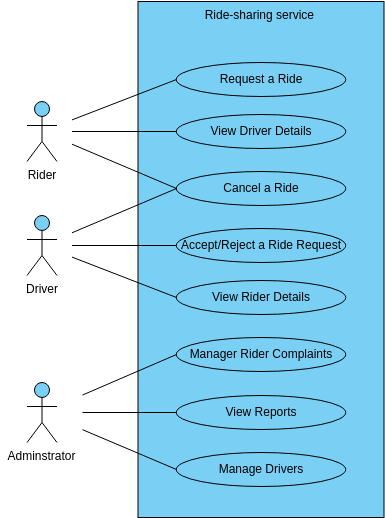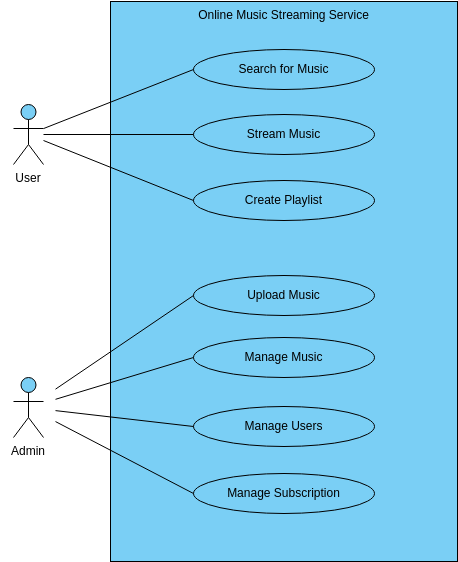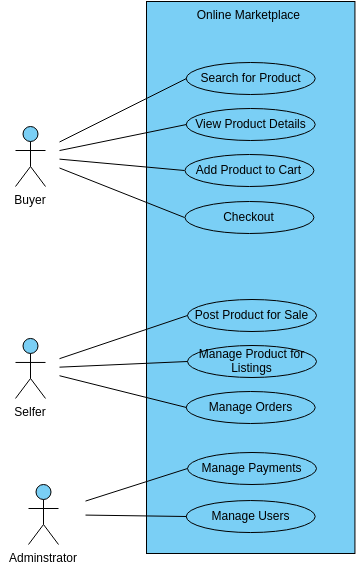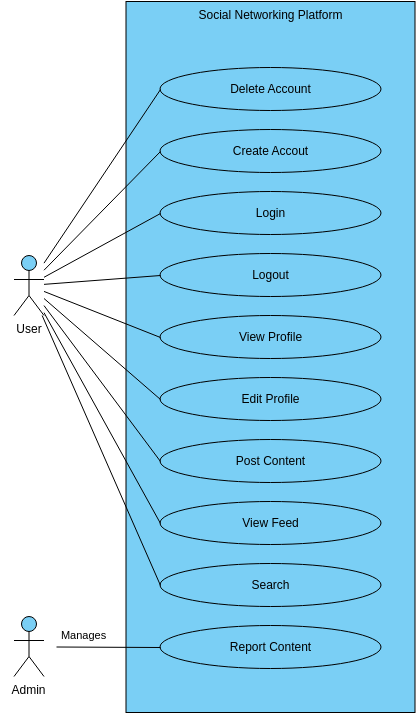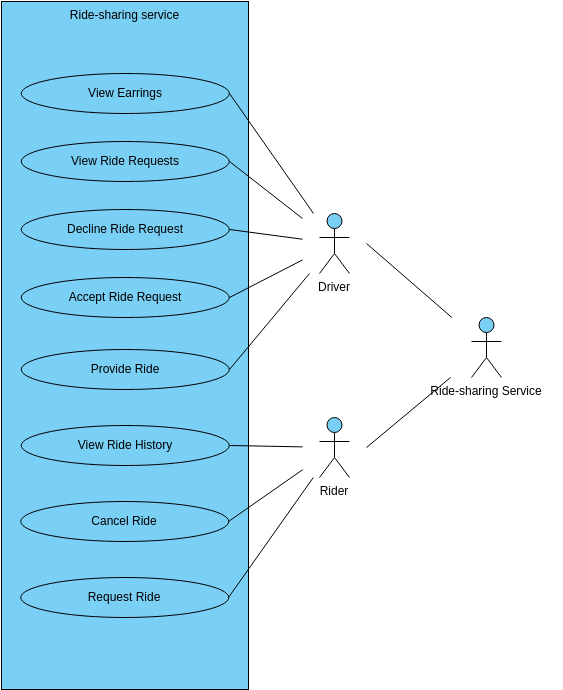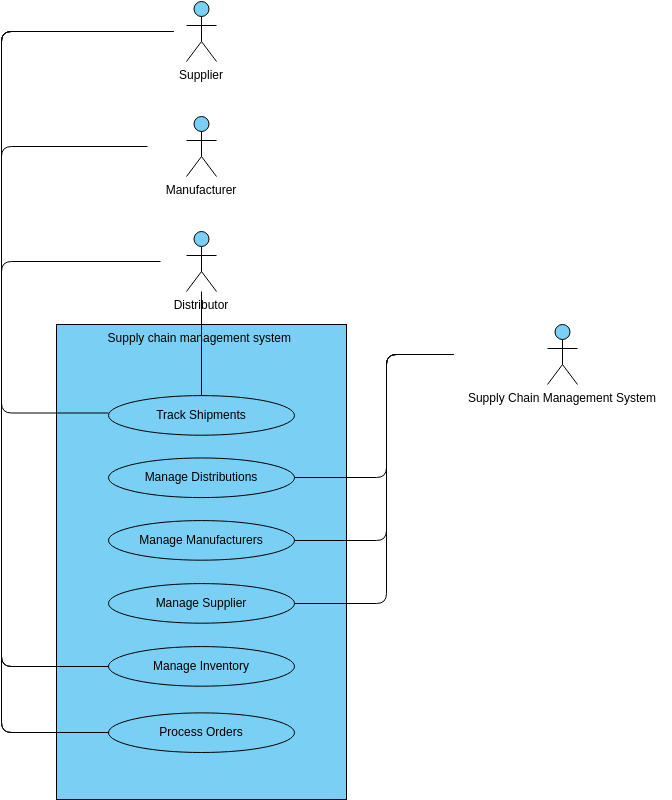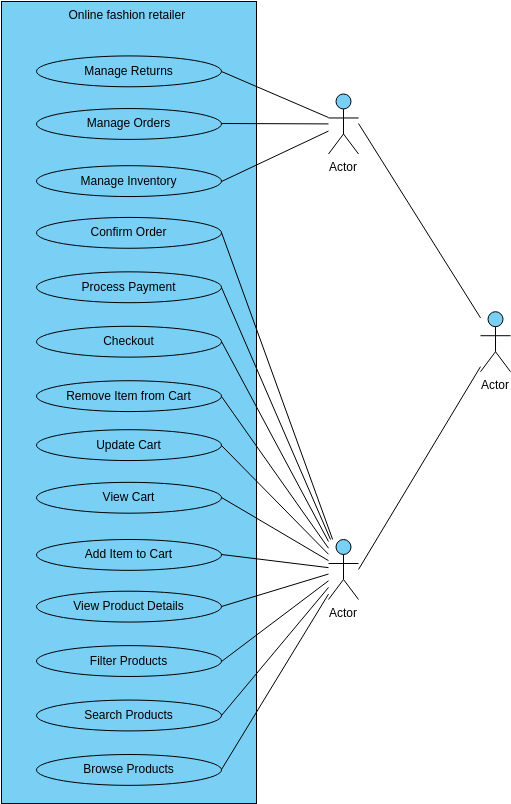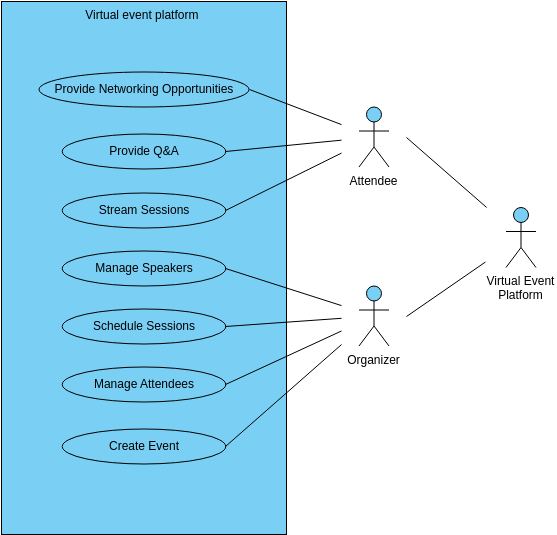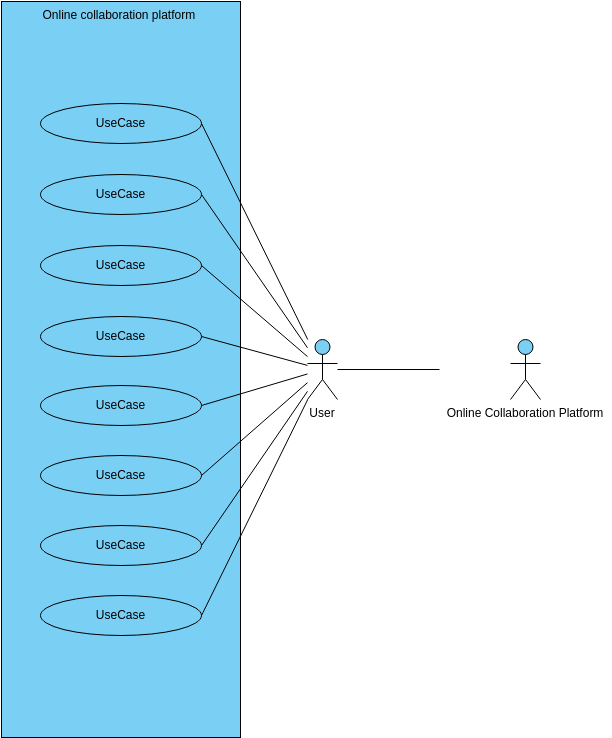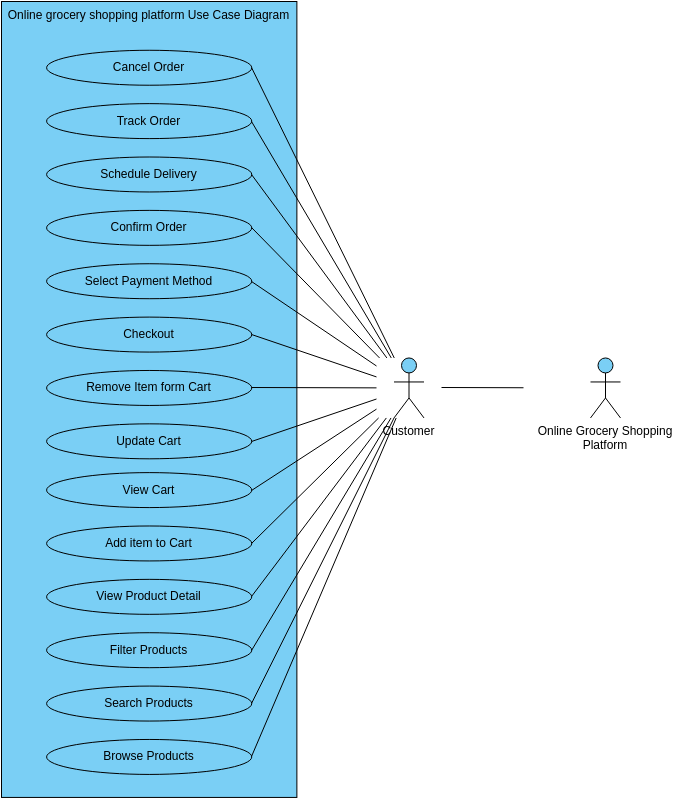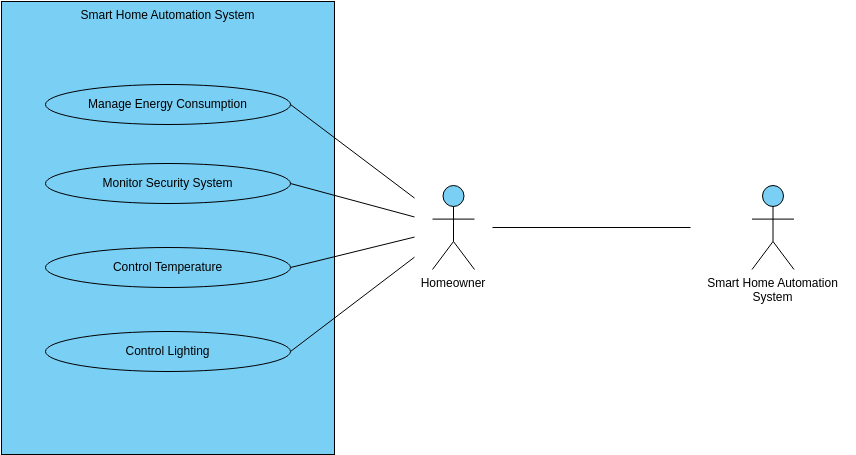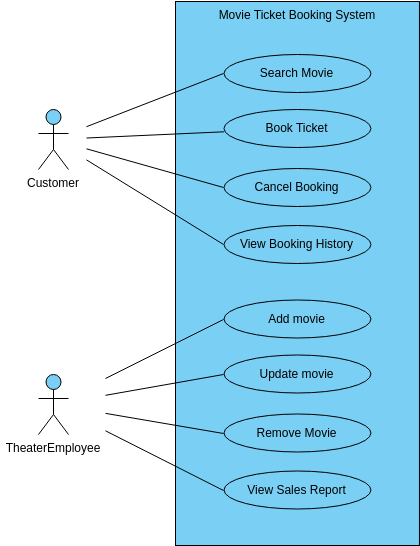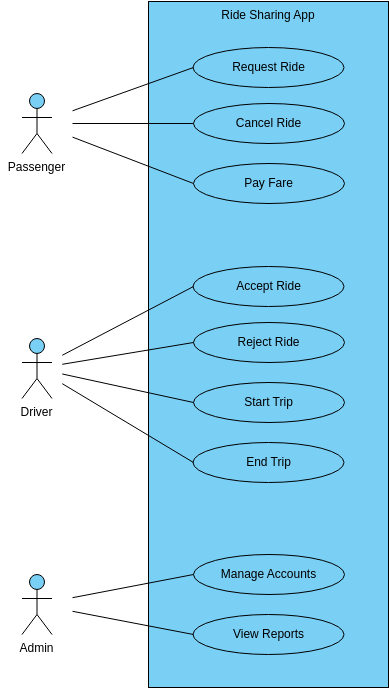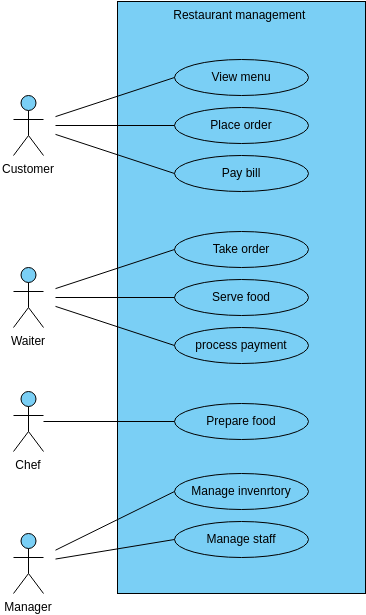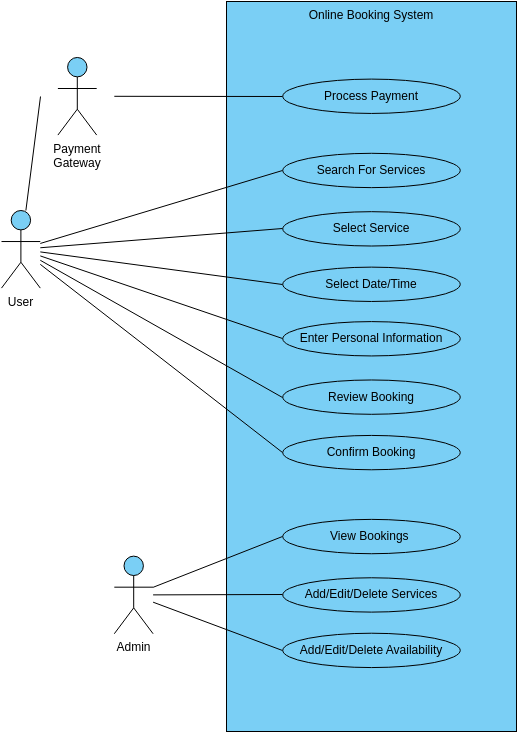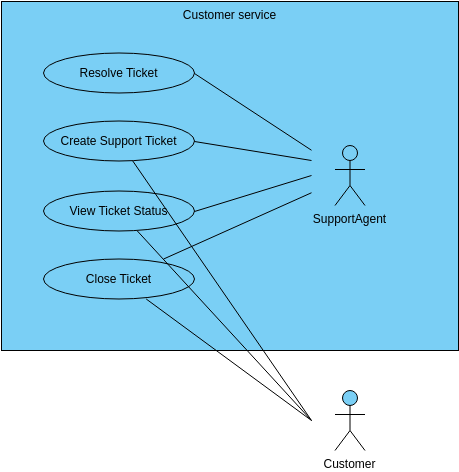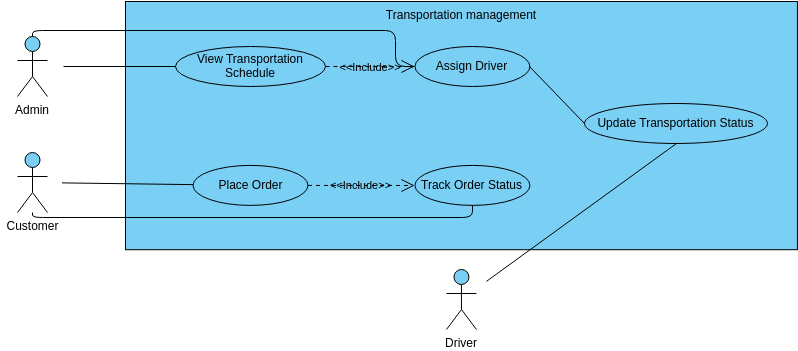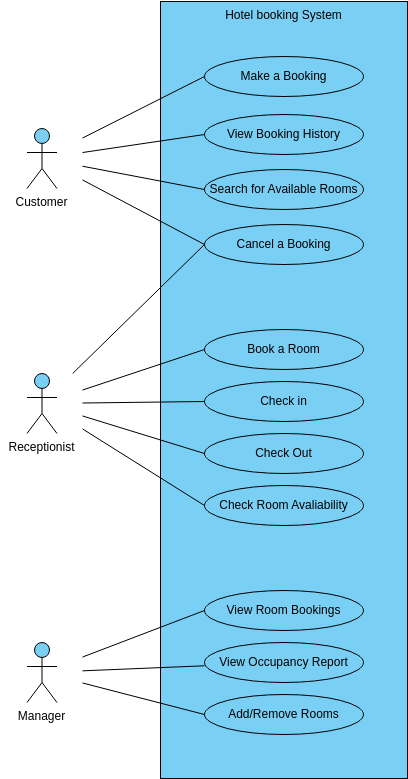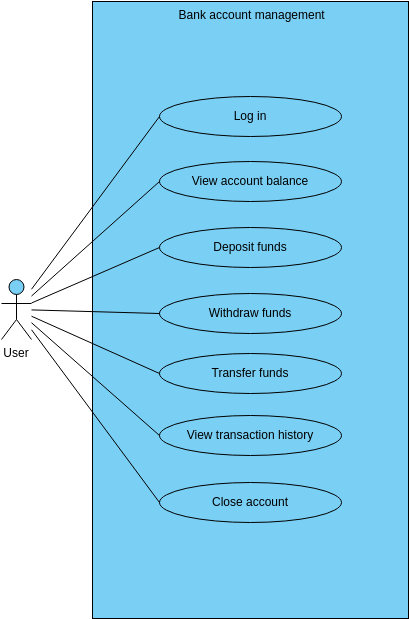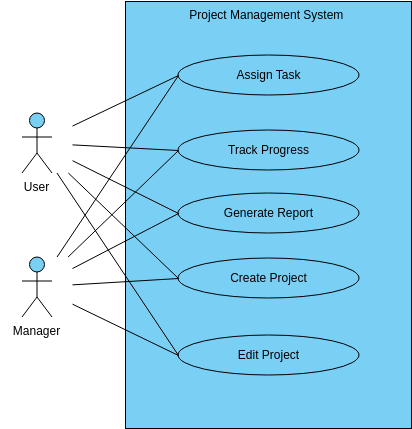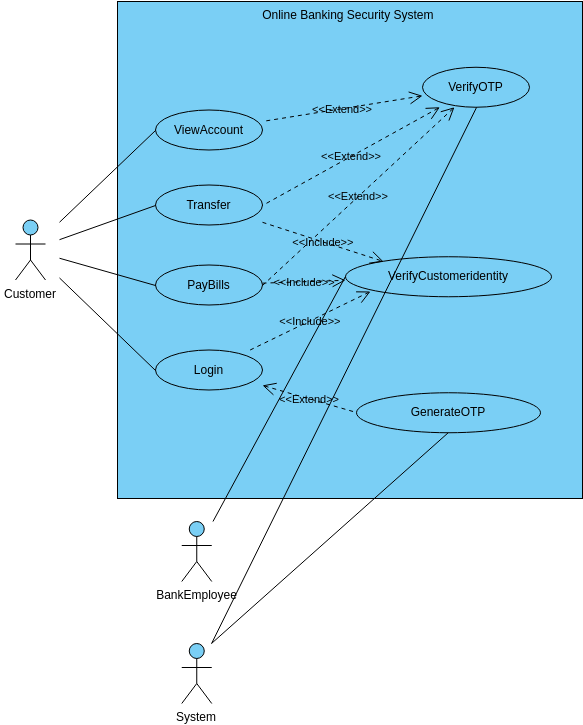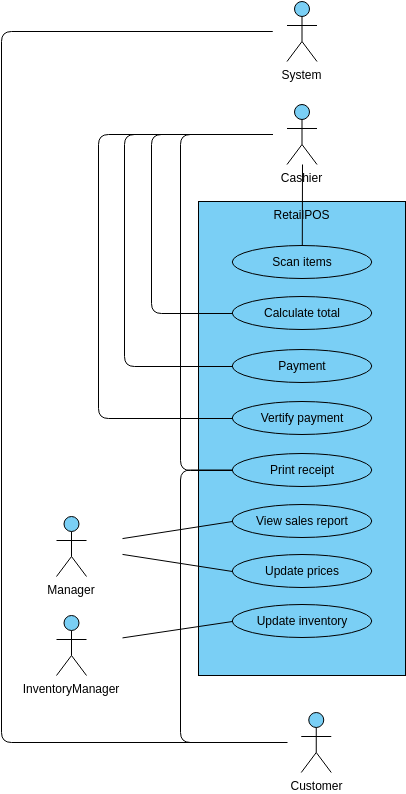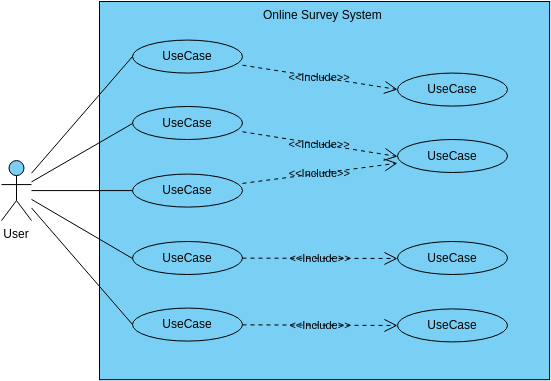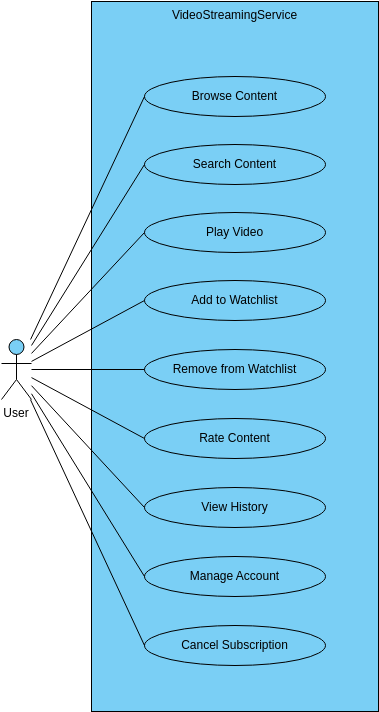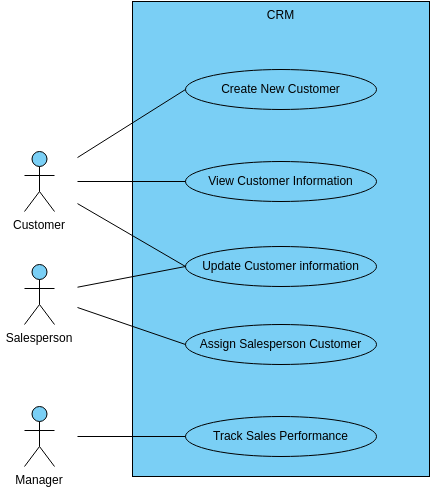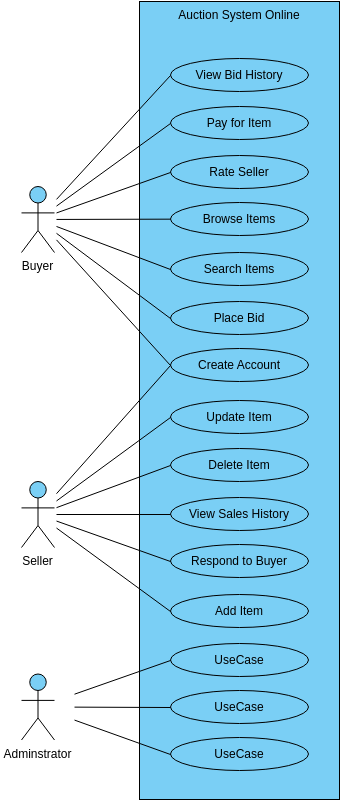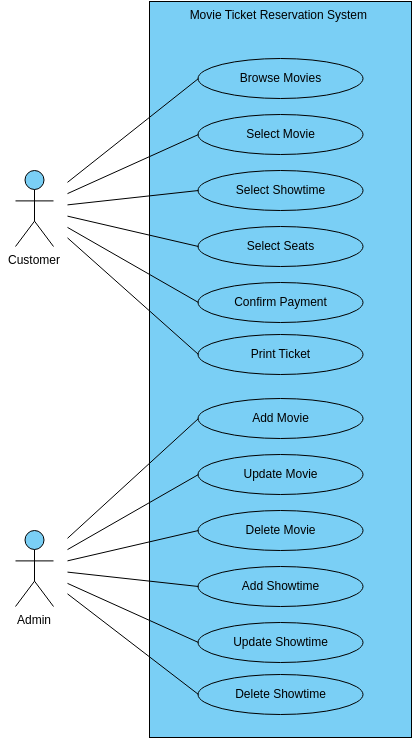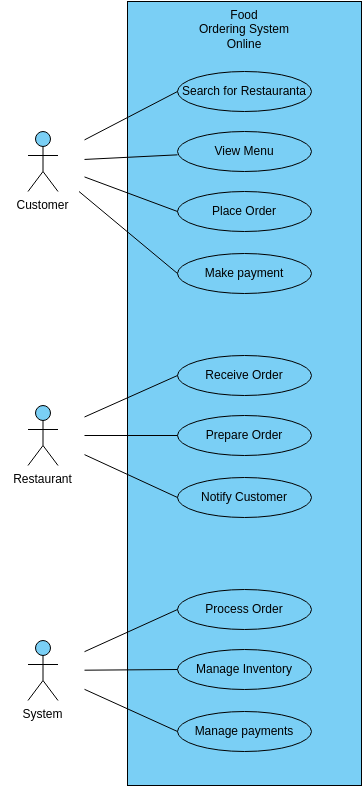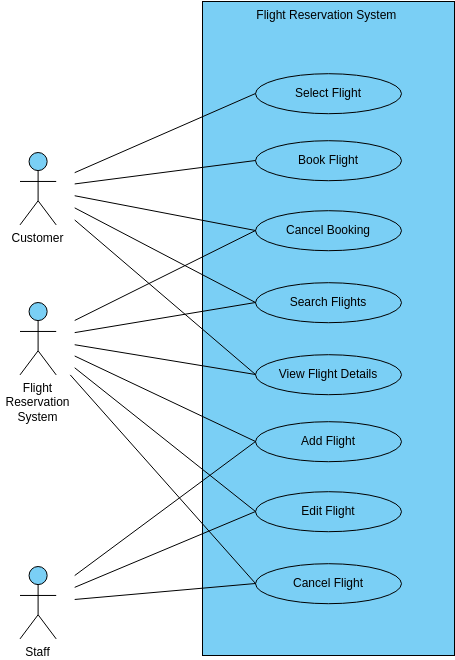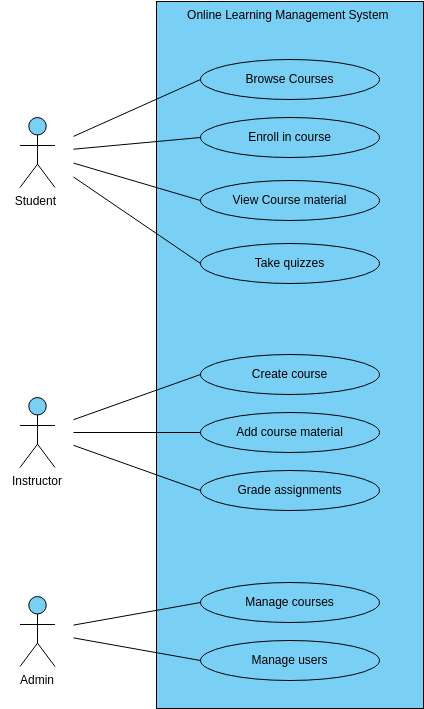An Include Use Case is a way to add functionality to an existing use case by including another use case within it. In this example, we have three use cases: Borrow Book, Read Code, and Return Book. The Read Code use case is included within the Borrow Book use case, which means that it provides additional functionality that is necessary for the Borrow Book use case to be completed successfully.
The Borrow Book use case involves a user borrowing a book from a library. This use case includes steps such as searching for the book, checking its availability, and checking out the book. The Read Code use case is included within the Borrow Book use case because it is necessary for the user to read a code on the book in order to check it out. The Read Code use case involves the user scanning a code on the book using a scanner or mobile device. Once the code is read, the information is used to verify the book's availability and check it out to the user.
The Return Book use case involves the user returning the book to the library. This use case includes steps such as checking in the book, verifying its condition, and updating the library's inventory. The Borrow Book use case includes the Return Book use case through the use of a Include relationship. This means that the Return Book use case provides additional functionality that is necessary for the Borrow Book use case to be completed successfully. For example, if the user returns the book in poor condition, the Return Book use case would be used to update the book's status and notify the library staff of the damage.
Pros of creating a diagram
Creating a Use Case Diagram with Include Use Cases provides several benefits in the process of developing a software system. One of the main benefits is increased modularity and flexibility in the system design. By breaking down the system into individual use cases and using Include Use Cases to add additional functionality, the system can be designed in a modular way that is easier to modify and maintain. If the system requirements change or new functionality needs to be added, new Include Use Cases can be created without modifying the original use case, which can help to reduce the risk of introducing errors or conflicts in the system.
Another benefit of using Include Use Cases is improved clarity and organization in the system design. By using Include relationships to add additional functionality to a use case, the system design becomes more organized and structured. This makes it easier for developers to understand the system's architecture and identify potential issues or areas for improvement. Additionally, by breaking down the system into smaller use cases, it becomes easier to test and debug the system, which can help to ensure that it is reliable and effective.
